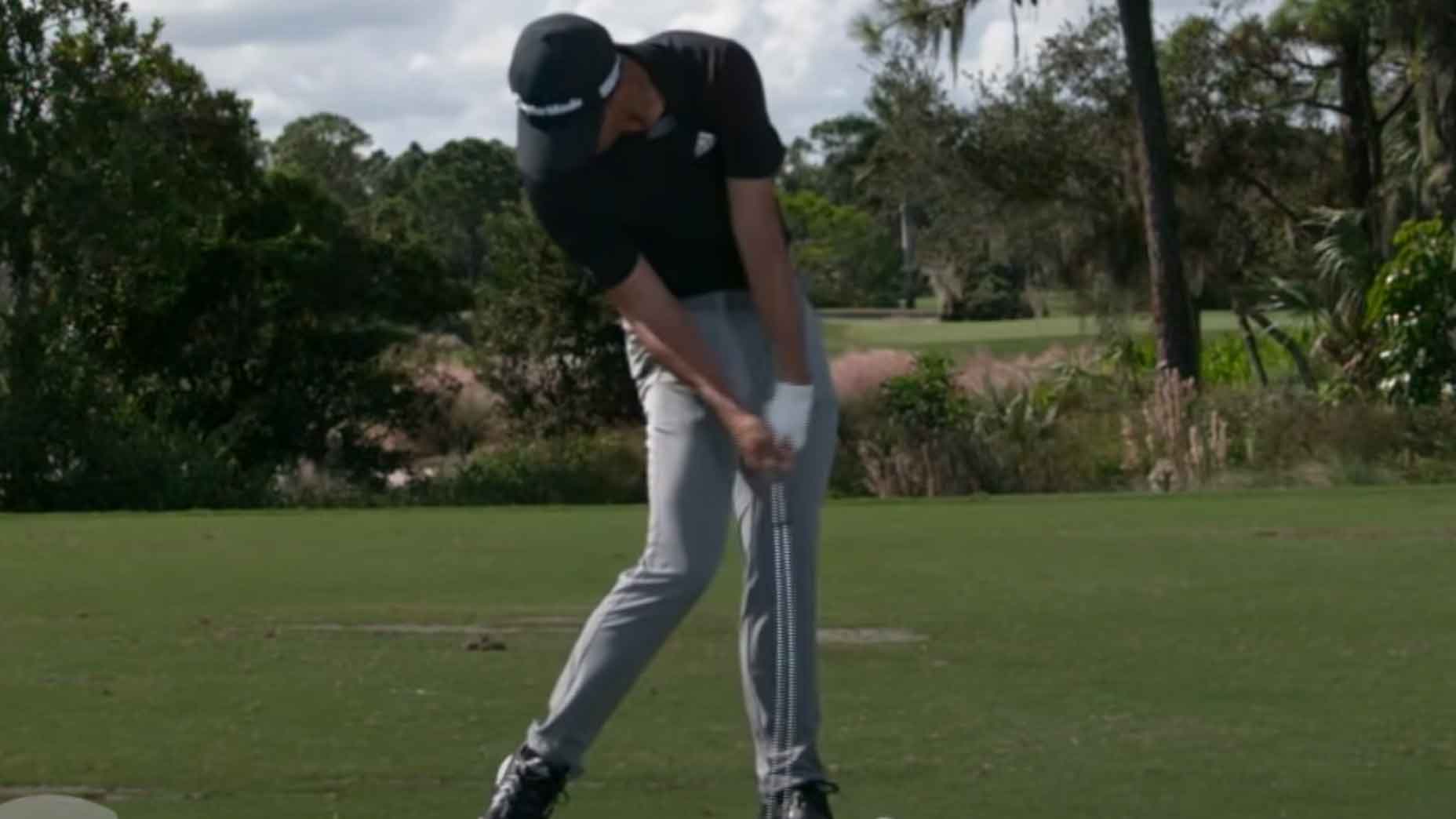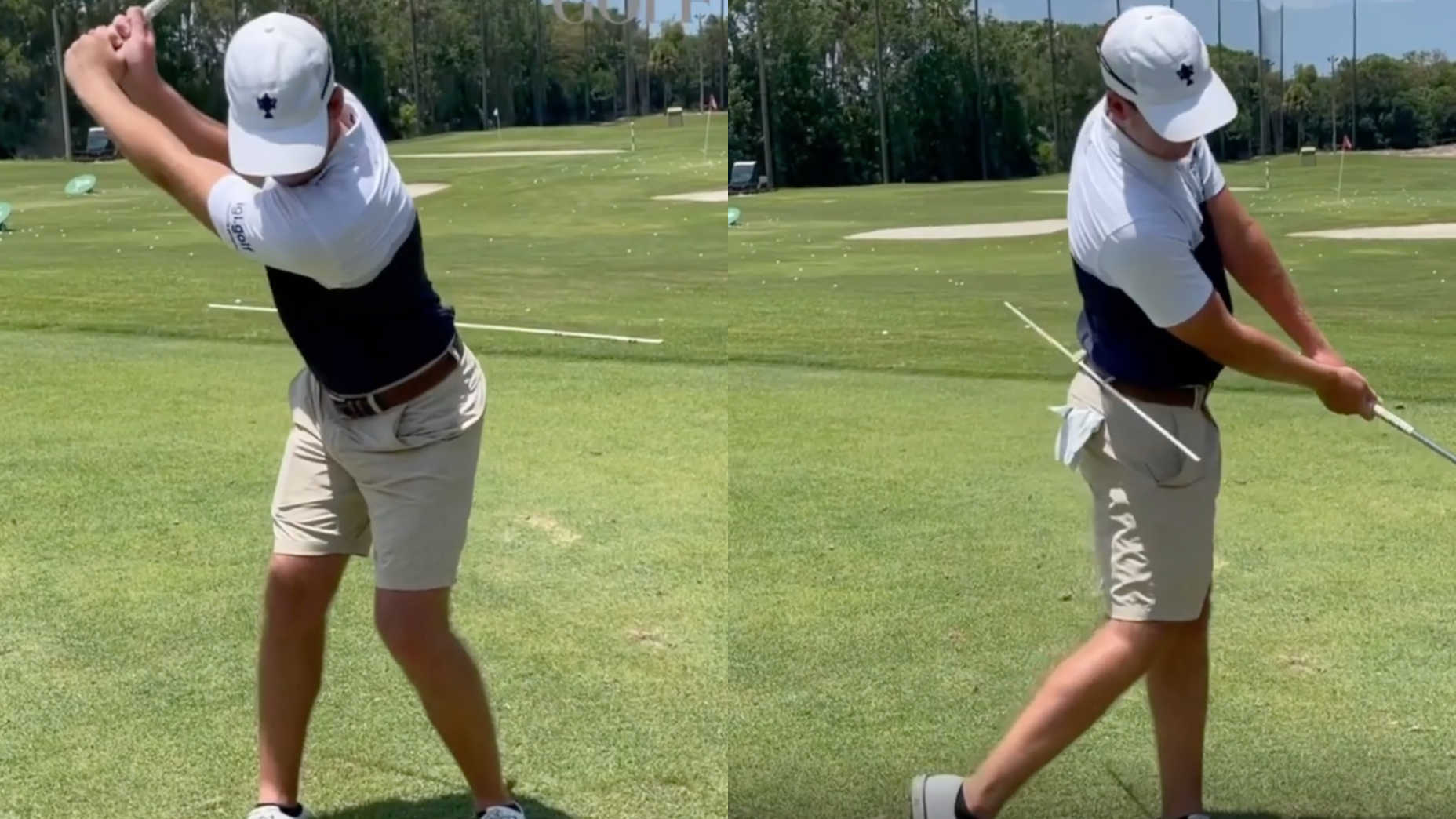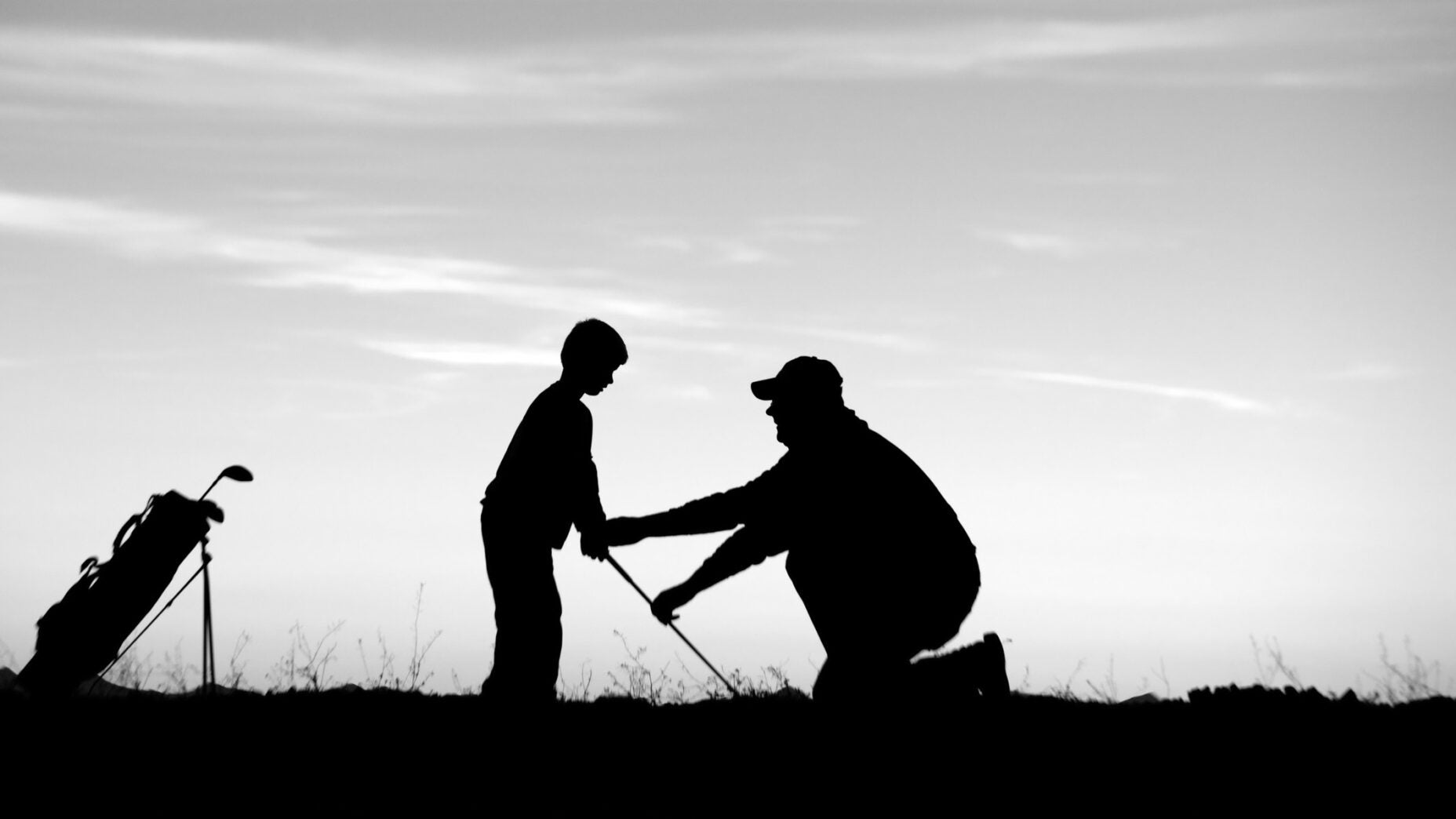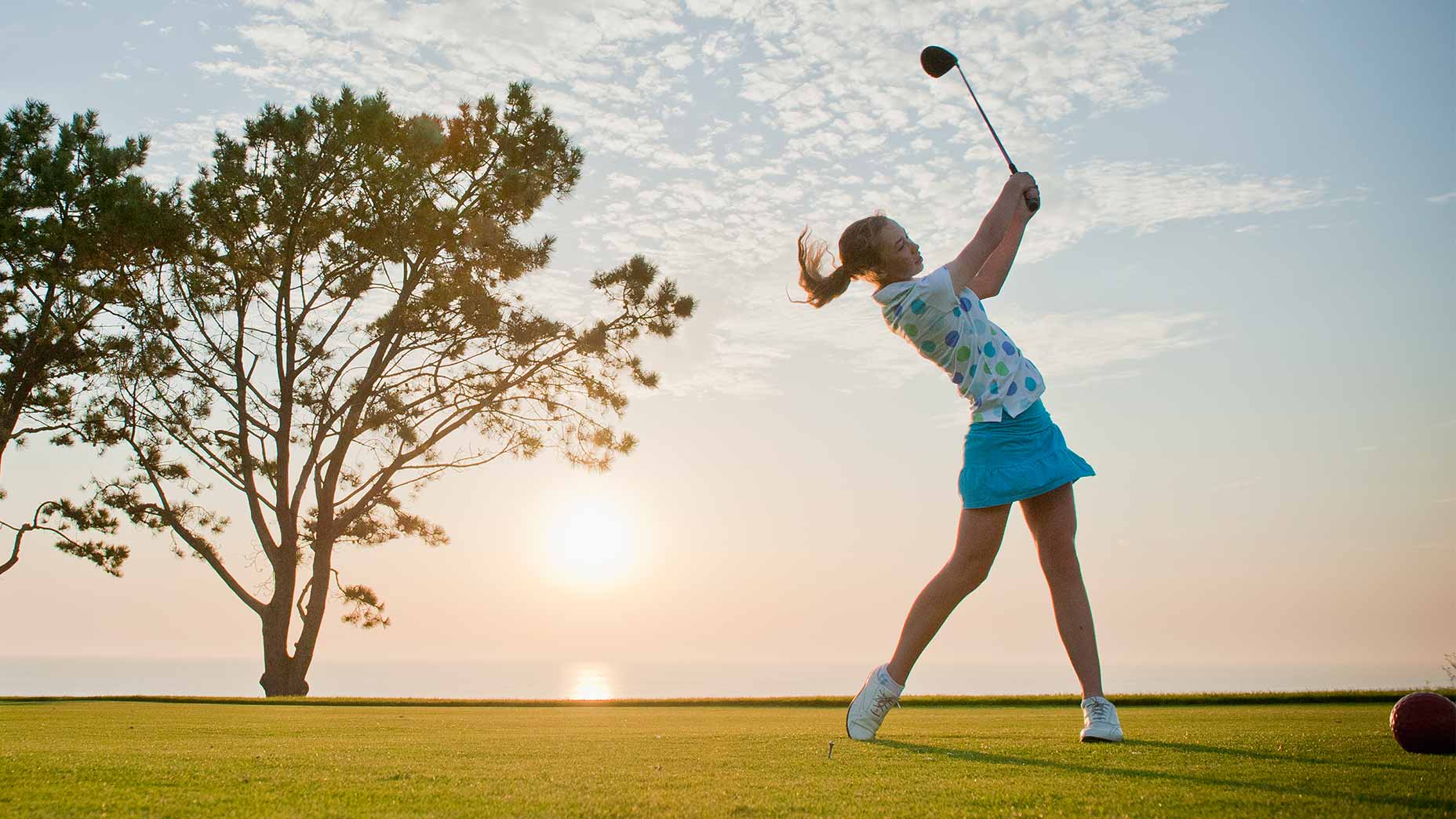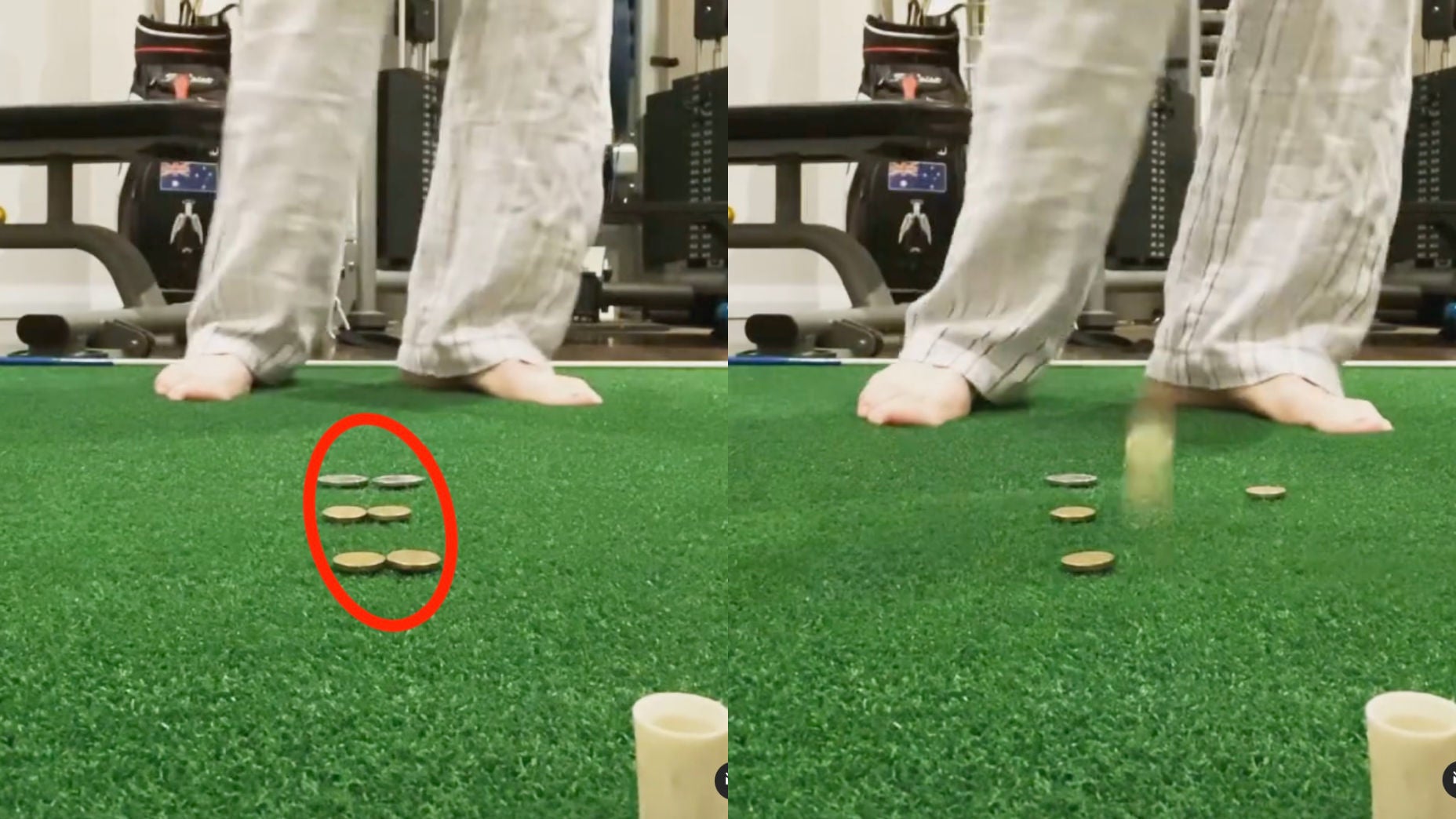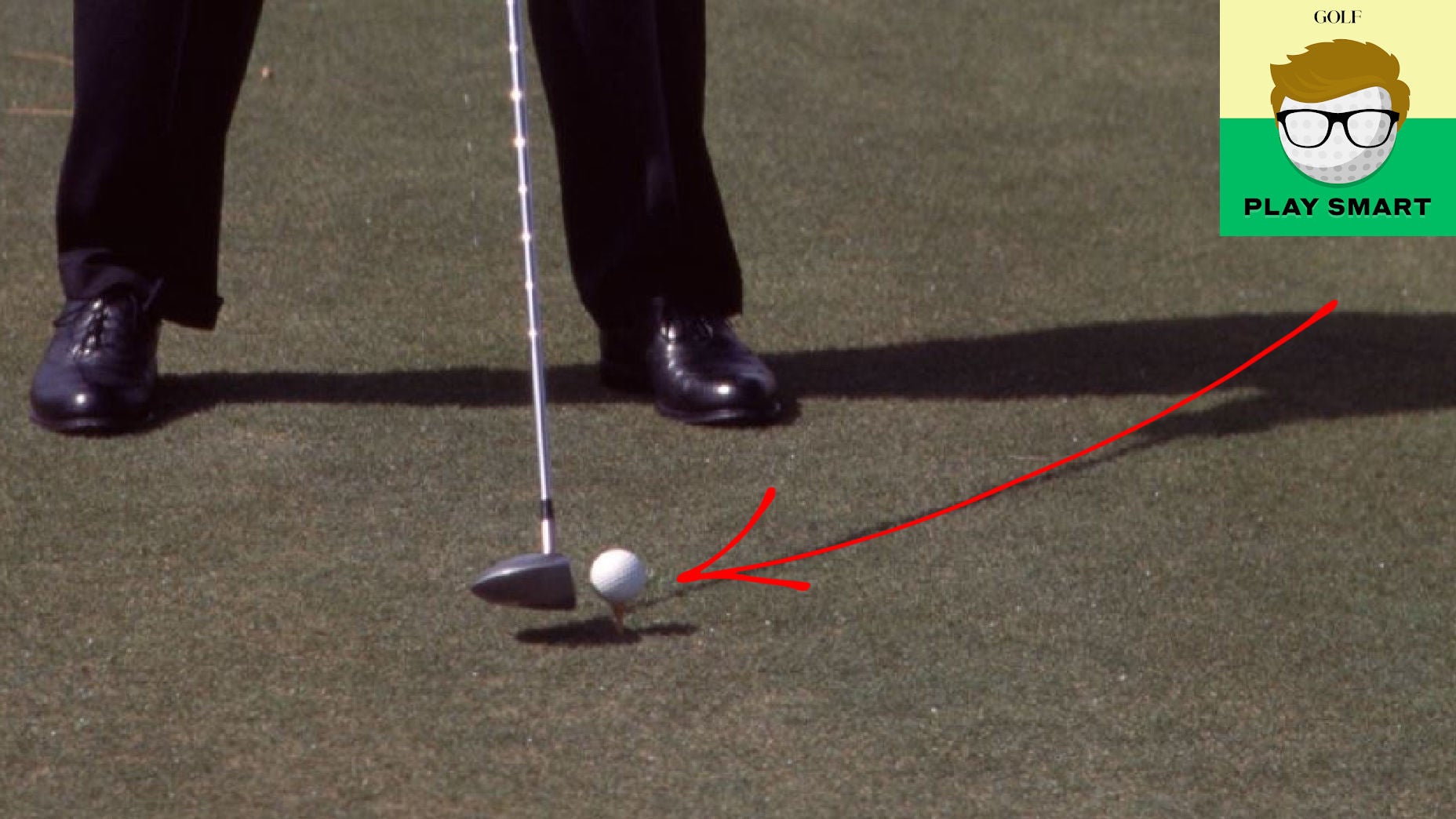10 reasons you hit the ball better on the range than on the golf course
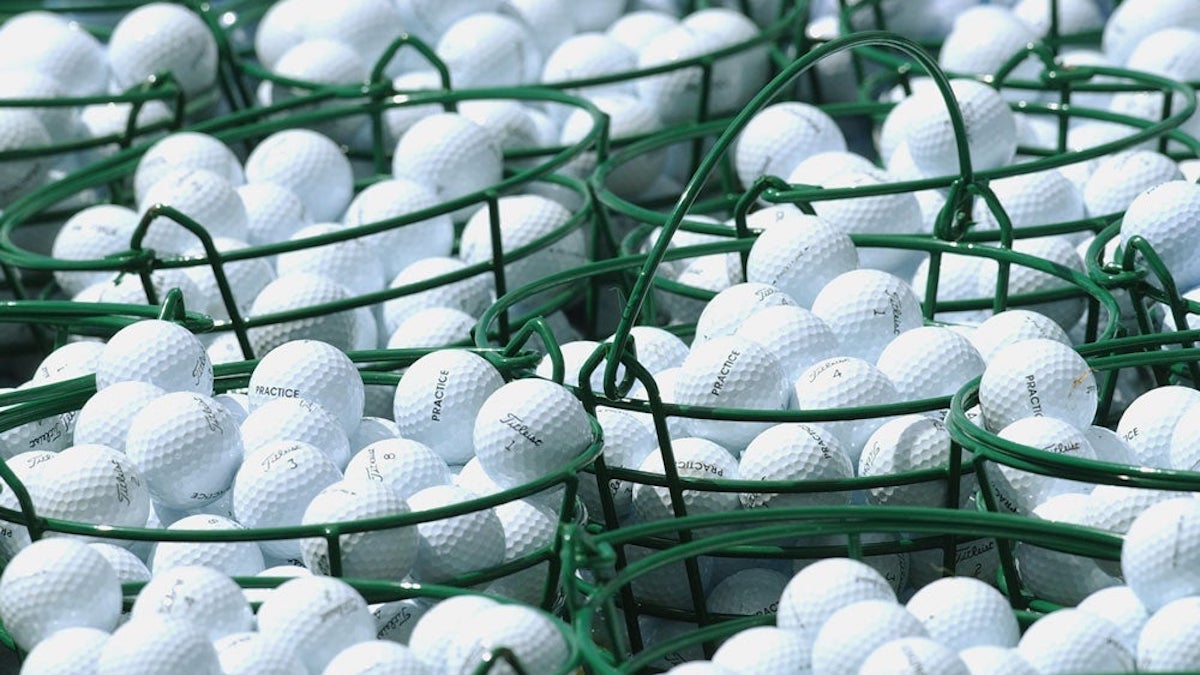
Do you hit the ball better on the range than on the golf course?
Getty Images
Why does it always seem so much easier to hit the ball well on the range? All it takes is a short walk to the 1st tee for everything to start to change. The shots on the course suddenly have no resemblance to what you saw during practice.
Here are some of the reasons why that might be, and how to improve your chances of taking your range game to the course.
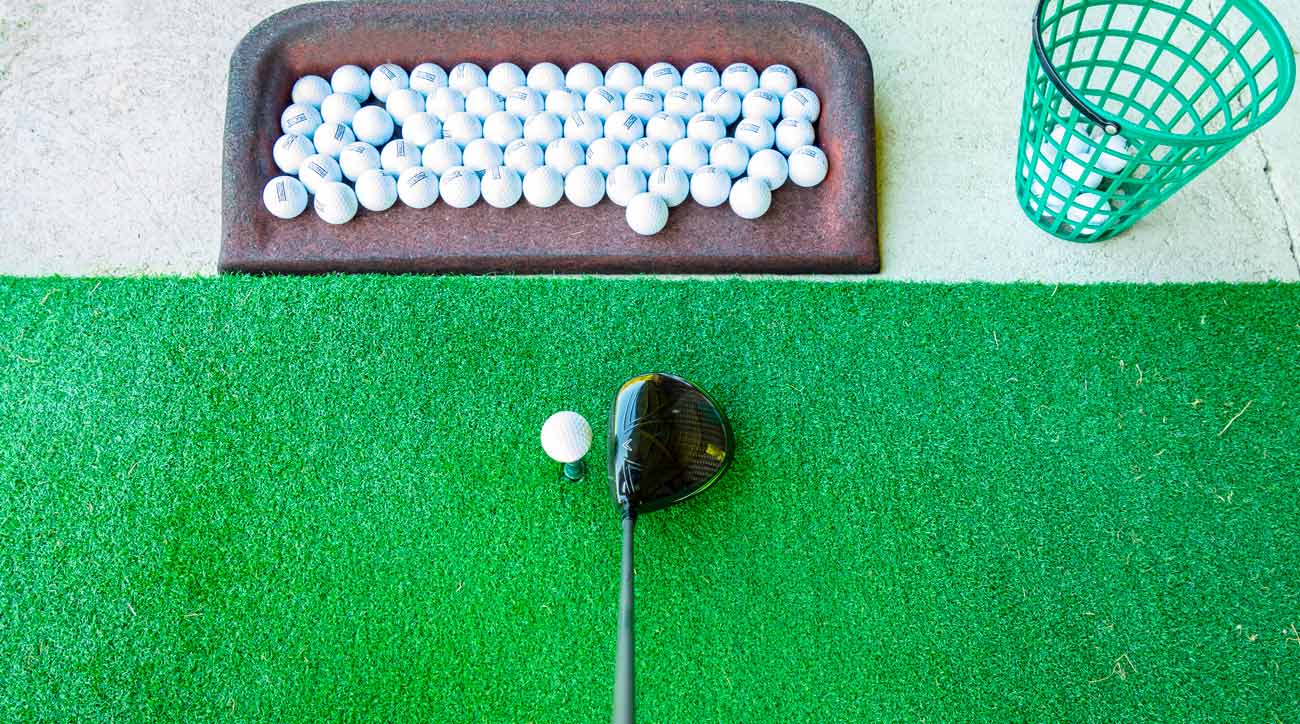
1. You hit the same club repetitively
A typical warm up on the range would be to move steadily through your bag from short clubs to long clubs. While hitting the same club all the time can be just fine if you are working on a technique change, it does not resemble what happens on the course at all.
I would suggest, once you are physically warmed up enough to make your order you hit your clubs more like it is on the course where you constantly change and have to get used to adjusting to different club lengths. Going from a driver to a 7-iron can be a big change, and if you aren’t used to these large transitions, it can show up in poor contact on the course. When I teach, unless my student is really tired or has physical limitations, I almost always ask for a practice swing. This allows them to get used to the different length of the club they are adjusting to and leads to a much higher level of success.
It is interesting to watch as the golfer changes to a shorter club, often times it takes a couple of swings to find the ground as they adjust to the length change. Obviously, it is better to do this before you start to address your golf ball.
High level golfers may even try to play a round on the range, where in their head they go through their course and try to change clubs the way they would from hole to hole, even replicating teeing up on the par 3’s.
Practice like you play and then you will be so much more likely to have consistently better contact when you do.
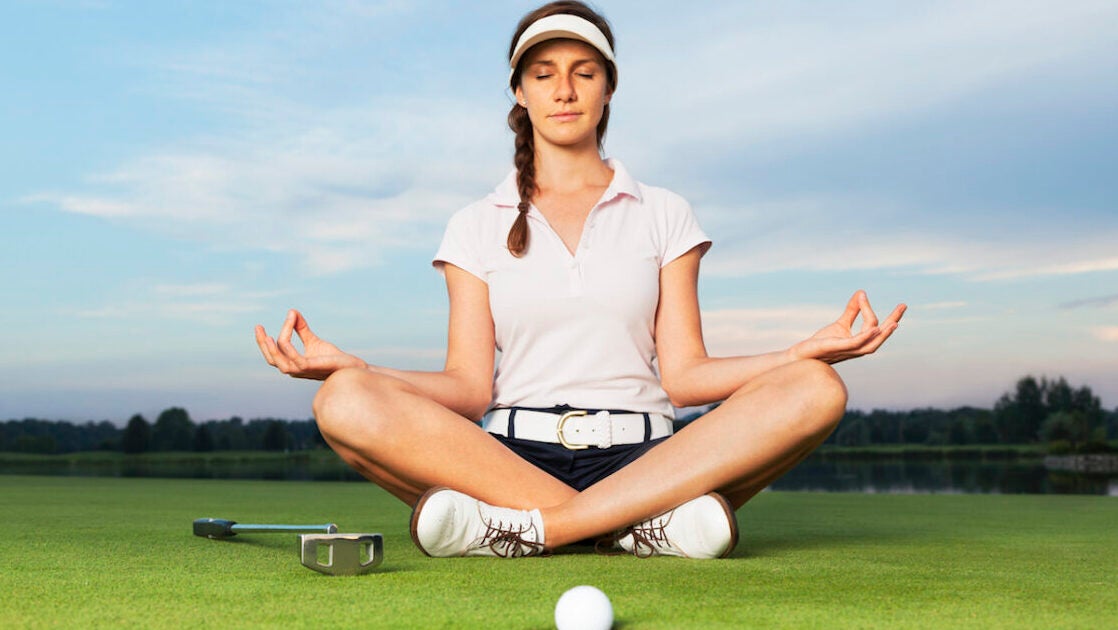
2. You are more relaxed on the range
There is certainly something to be said about the value of being more relaxed. Free swinging on the range and letting it go will allow you to stay more relaxed in your hands and arms and even your entire body, helping with better contact and distance.
You can learn to stay more relaxed on the golf course by being aware of your breathing, and using this to keep yourself calm and relaxed can be a big deal. If you can be aware of when you get nervous or tense, then you may be able to relax yourself by slowing down your movements and your breath. Long, deep breaths can help to lower your heart rate and help oxygen get to your brain to help make better decisions.
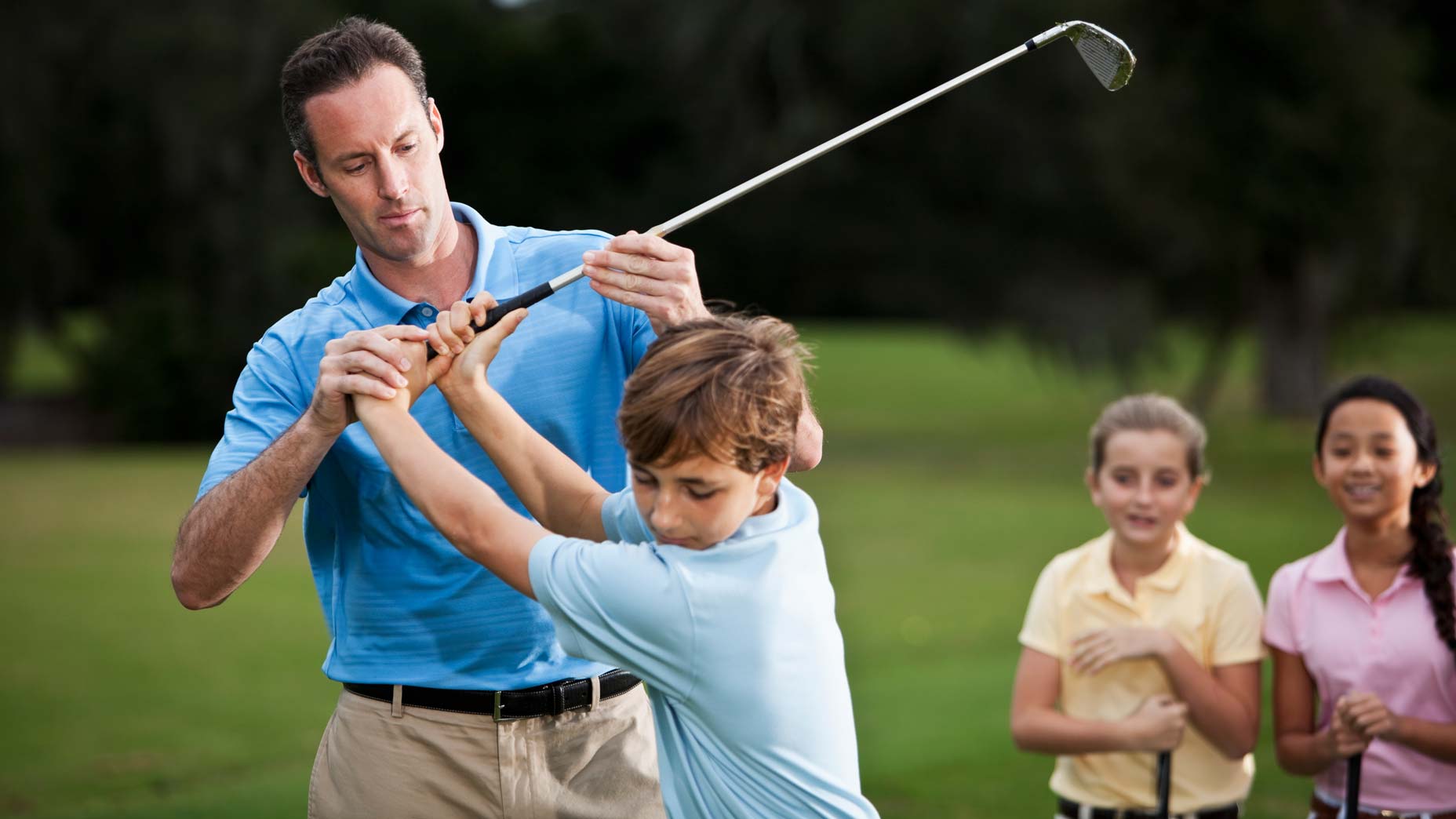
3. Your swing flaws expose themselves under pressure
When you have a fundamental mistake in your swing, if you practice enough, you will most likely develop a compensating error that can at times produce really great shots. An example of this might be if your posture is not balanced and in good position, you may practice enough to slow your swing down to make some contact. By hitting ball after ball you can time these adjustments enough to hit really good shots on the range because of the repetition.
A good instructor will be able to see which of the basic fundamentals is being violated first and often, once the right change is made, consistent contact on the course becomes so much easier as the swing just becomes so much more efficient.
Bottom line, better fundamentals will lead to playing better on the course and having a qualified instructor who can make this understandable and attainable can make your on-course time so much more fun.

4. You’re not aiming at a target on the range
When you hit balls on the range, do you have a target? Do you use alignment aids? Do you even know if you are hitting to where you are aiming?
On the range, many golfers just swing without knowing where they are aiming, simply working on solid contact. While there is a time and place for that, it doesn’t always transfer to the course if you aren’t being more thoughtful with your practice time.
Taking an extra moment to add an alignment stick on the outside of your ball to avoid interfering with the proper swing path can pay dividends on the course. If you know where you’re aiming when you’re on the range, then you will know how to adjust when you go to the course.
This habit will also help train your eye to what it looks like when you do aim properly.
Small adjustments like adding a bit of quality to your range time can make a big difference in the ball going where you expect when you are on the course.
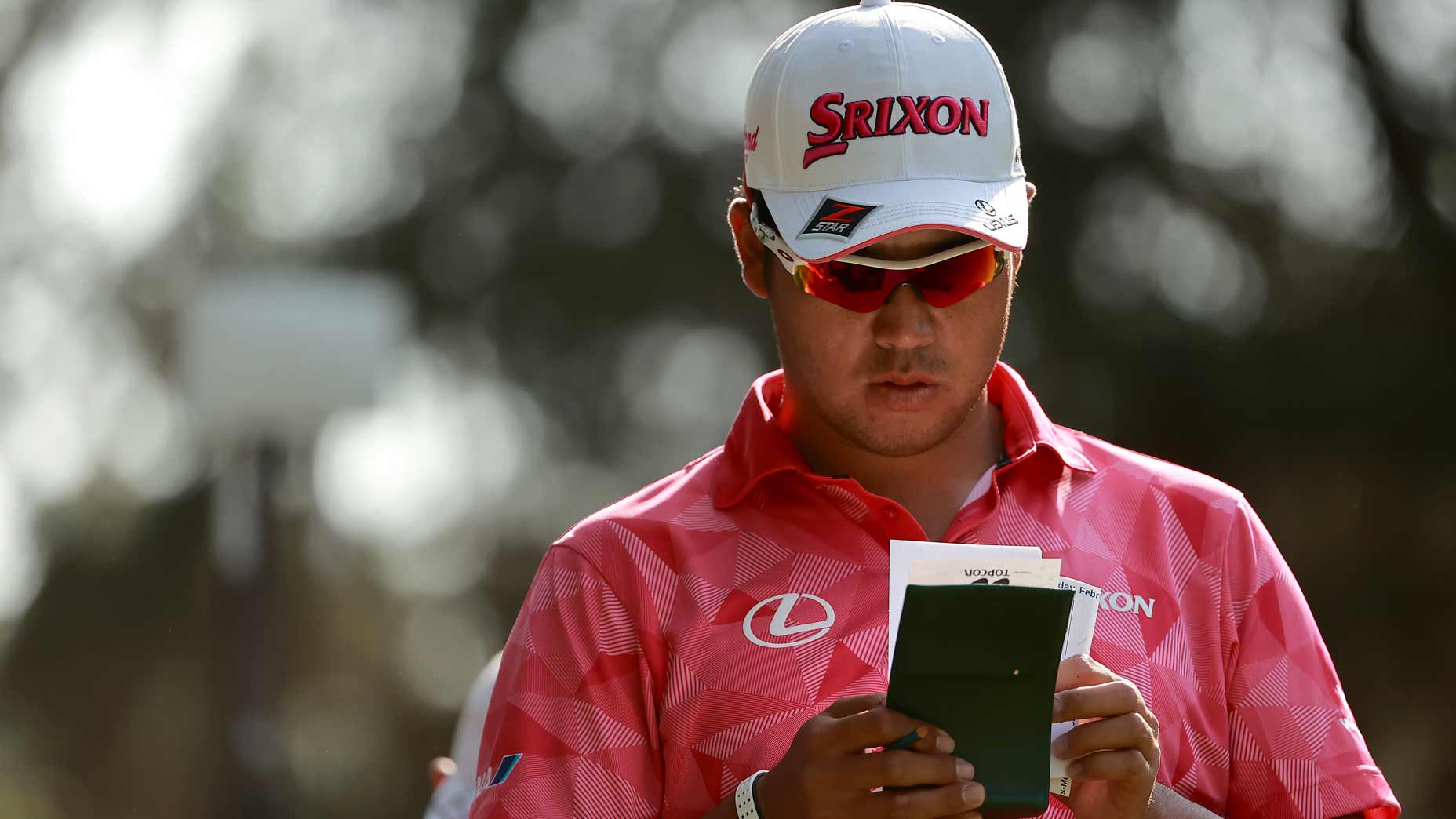
5. Course management doesn’t happen on the range
Many ranges are long and wide and it can be very satisfying and fun just to swing and not plan. If you are working on a swing change, repetitive practice can be a great goal.
But, if you are working on improving to take it to the course, picking different targets for both distance and direction can be a huge help to improving your on-course experience as well as scores.
Another thing you could learn on the range is what your most consistent clubs are. For example, your 3-wood may be your longest club from the ground, but if your 5-wood is much more consistent and you learned this from your range time, it may be a very valuable lesson to transfer to the course.
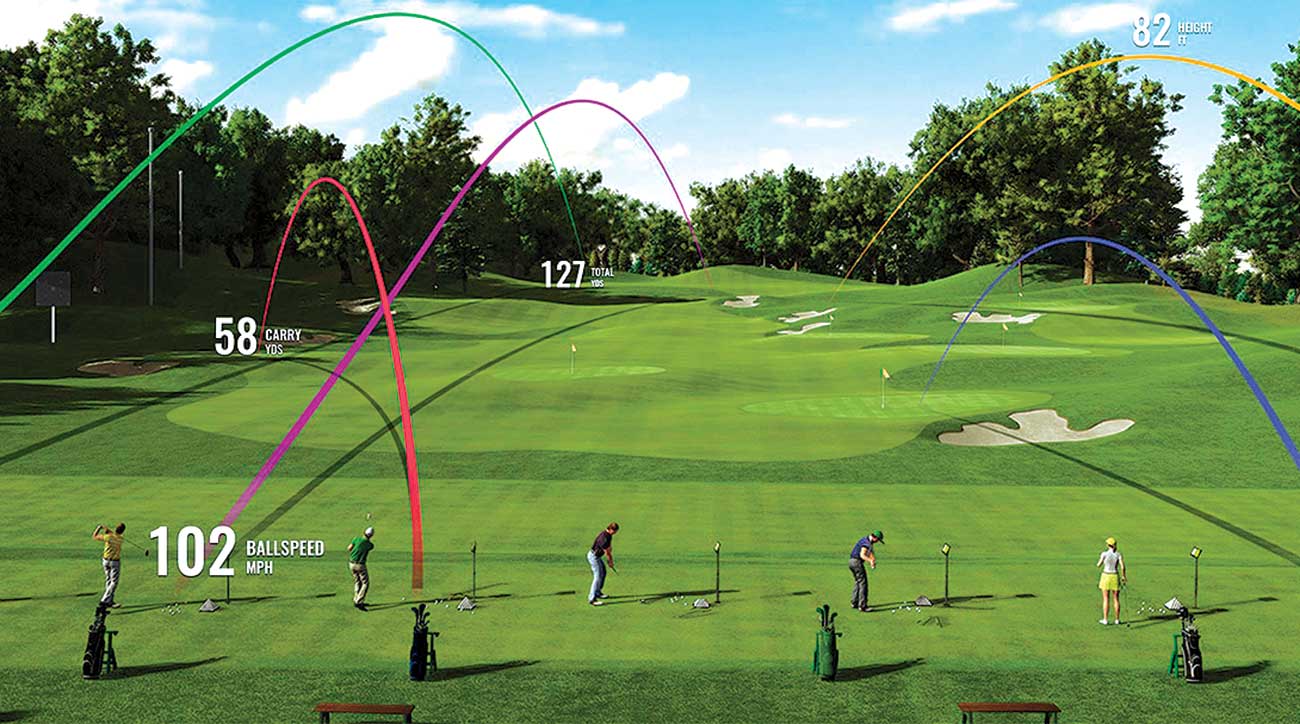
6. You don’t know your carry and total yardages
It is very fun to admire your best shots on the range, but planning for your “perfect” shots when you play on the course can lead to great disappointment.
A short time investment with a qualified instructor or a technology that measures the distance, carry and approximate roll for each of your clubs can make a huge difference when you go to the course. And yes, I know, oftentimes it is disappointing when you learn your true distances (for me, too).
The good news is, when you take this knowledge to the course, knowing these distances is hugely valuable. Should you need to carry a bunker or a hazard, knowing if your chosen club can make it or not will help you to take your best game to the course. Also, knowing what clubs stay in the air the longest will help you to better maneuver hazards and bunkers.
A great example of this is at a course where I am fortunate to teach in the summer, Shooting Star in Jackson, Wyoming, has a hole where the ladies have to cross a hazard, and while it isn’t long, the ball needs to stay in the air. Rather than hitting their longest club, their 5-hybrids or 7-woods will stay in the air and easily carry the hazard. Understanding the carry and total distance are very important.
This knowledge is power and can help you to make the best decisions when playing. Time on the range understanding this will transfer to the course.
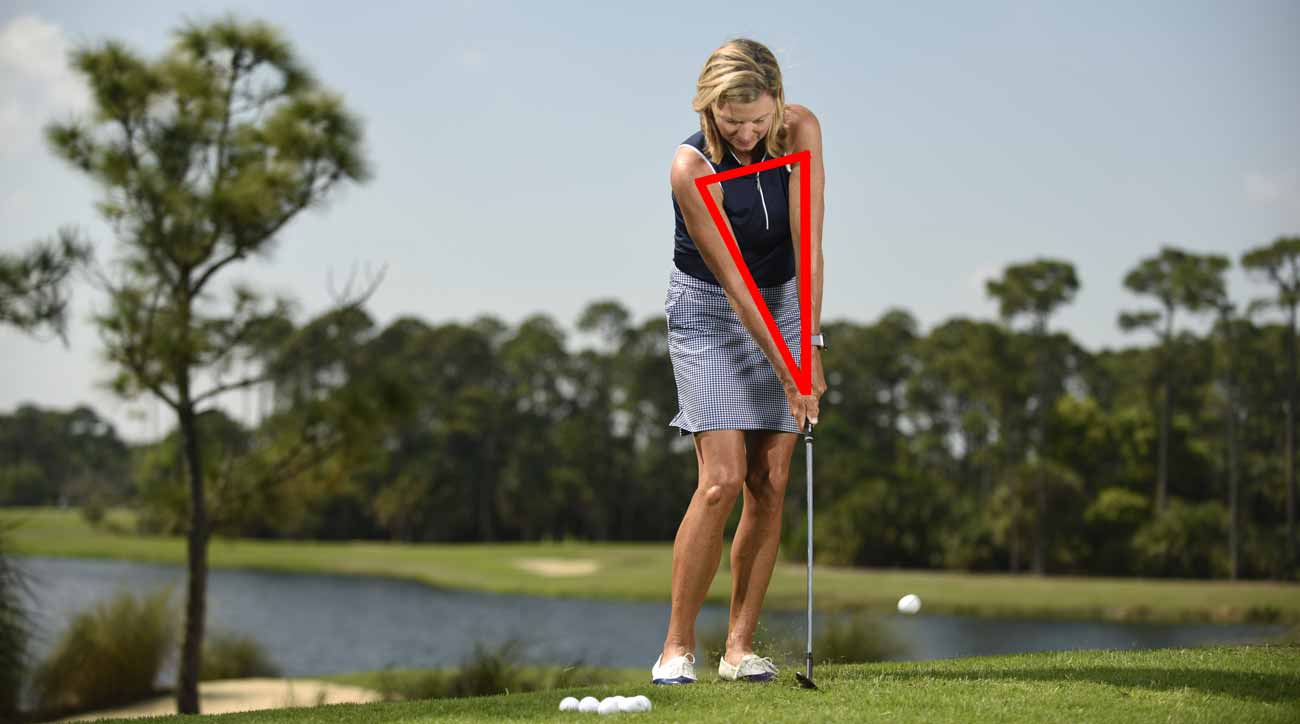
7. You don’t practice short game distance control
It’s a great idea to practice both your pitches and chips. When you have time, you should commit time to practicing and understanding distance control for your high shots and low shots, too.
With many of my students, we actually calibrate each of these shots. When we calibrate high, we practice to where it lands, and for low shots, we calibrate total distance.
The challenge is that it can be difficult to remember these calibrations, so I suggest you write it down. Then you can take this information and convert it very quickly to the course.
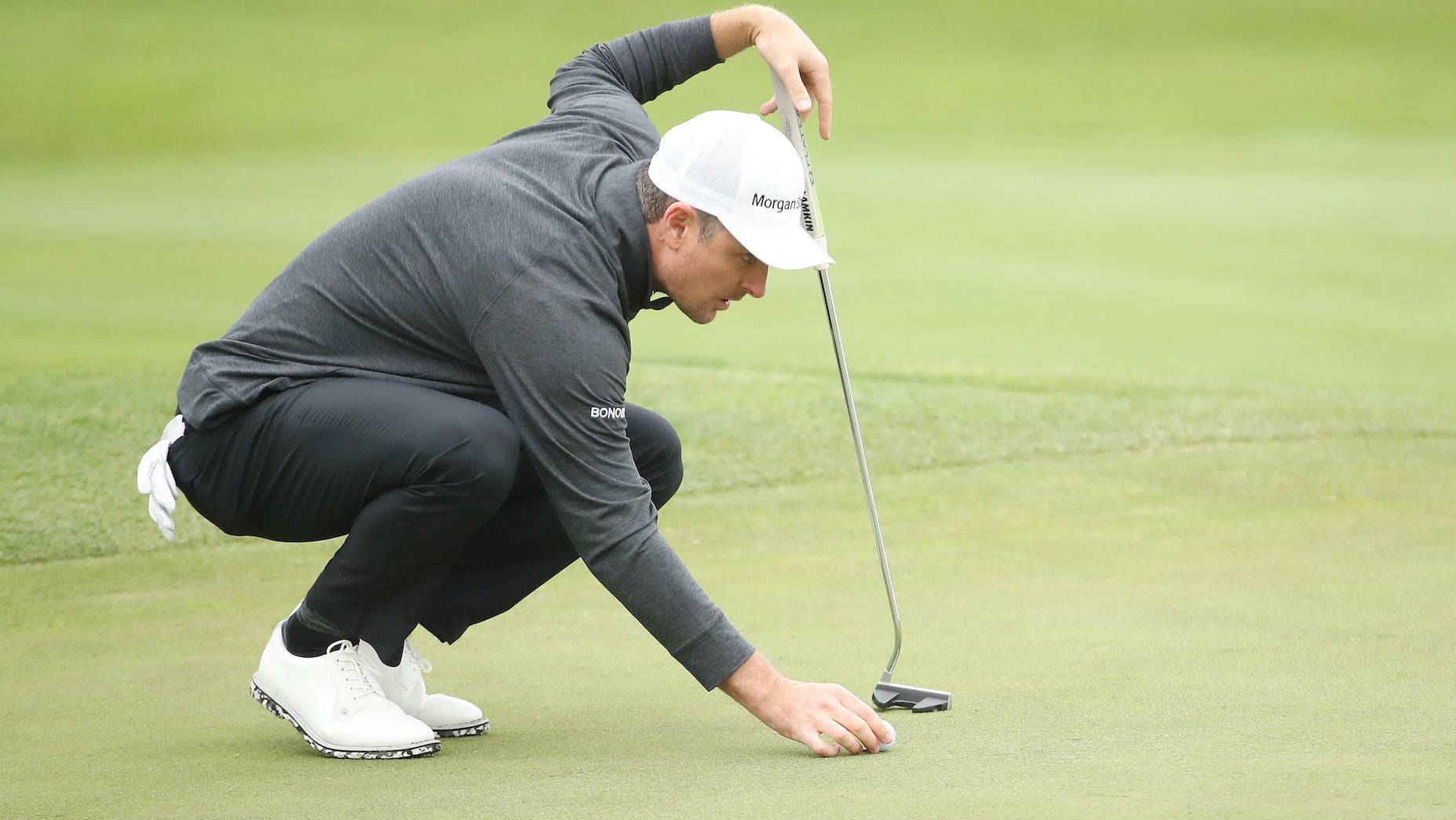
8. You do not have a set up routine specific to you
One of the best skills you can work on when you are on the range is to have a consistent set up and set up routine that you practice on the range and take to the course.
Better players do this. And while set up routines may be different person to person, identifying yours is one of the greatest ways to take your range game to the course.
An example of this might be to place your hands onto the club, bow from your hips to set the club to the ball and then adjust your feet to get into good ball position and posture.
A consistent order can allow you to get set up well and when it comes to solid contact on the course, that is very important.
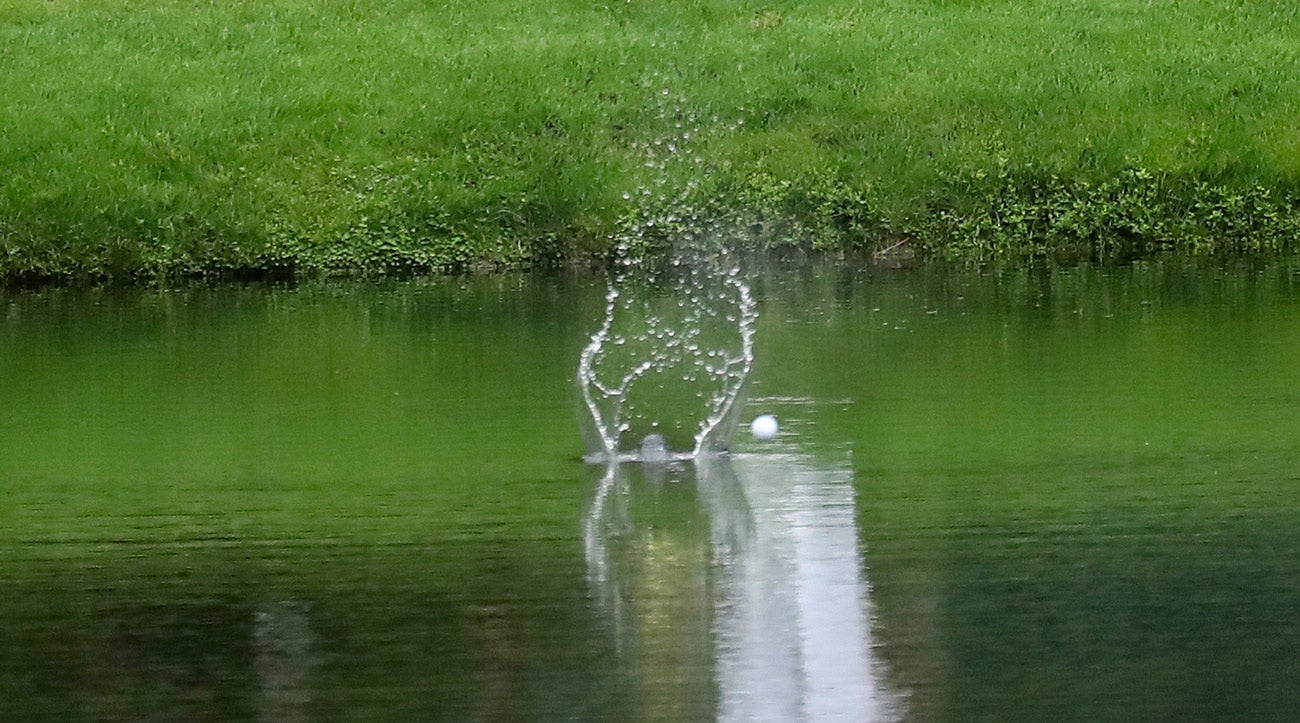
9. You notice your surroundings more on the course
The look of the range versus the golf course is quite different. Why? Well, there aren’t too many water hazards in the middle of the range.
Part of taking your range game to the course can be best achieved by also practicing on the course. When the course isn’t busy, it can be well worth your time to go out and try different shots from different locations, and if you don’t like your shot, keep trying.
This is one of the reasons I prefer to have many of my lessons on the course. Once your technique is respectable, having your lessons on the course can be the best way to learn to play your best game.

10. You are too worried about results, rather than the process
While it can be helpful to care about your game, caring too much about every shot and the results can lead to not being willing to swing athletically and freely.
I think one of the things that less experienced golfers don’t know about good golfers is that while they are probably going to make good contact, they also don’t know exactly where the ball is going. Often, they care less about a missed shot or a shot that goes off line. Rather than being upset, better players often just go and get the ball and make the best of that situation.
Learn the lesson from better players and do the best you can. Take a good practice swing. Understand your game as well as you can. Enjoy your good shots. Practice a repetitive set up routine and celebrate the improvements as they come.
As in all sports, when you make improvements, there is a great sense of accomplishment.
Even if you hit it better on the range than you do on the course, it is showing you potential and hope.
Learn from these lessons and make your on-course time that much more fun.



